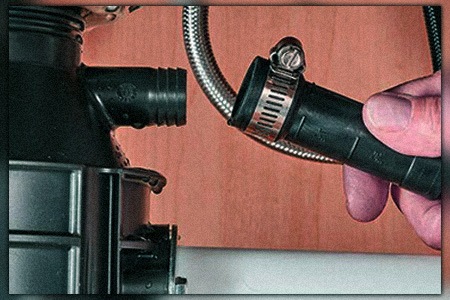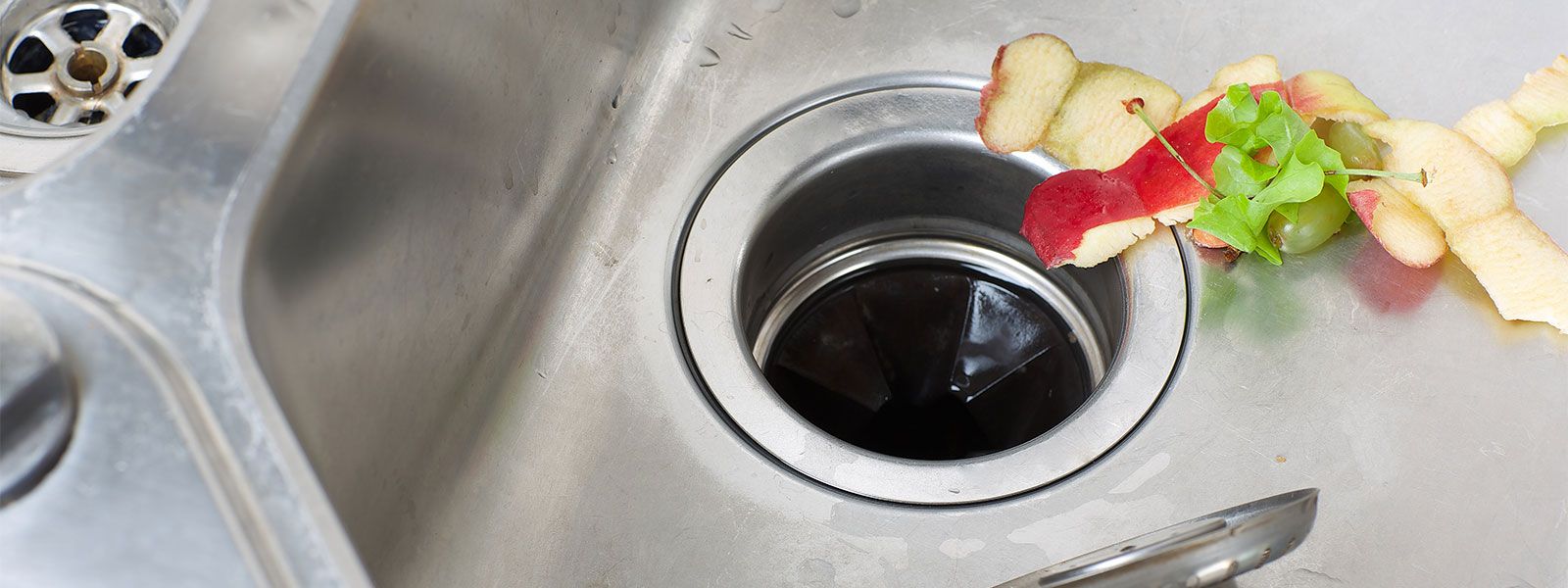Useful Methods for Fixing a Dripping Garbage Disposal
Useful Methods for Fixing a Dripping Garbage Disposal
Blog Article
What're your opinions with regards to How to fix a pretty consistent leak from my garbage disposal?

Waste disposal unit are important cooking area devices that help in disposing of food waste efficiently. Nevertheless, a dripping waste disposal unit can be a frustrating and messy problem to handle. Luckily, lots of leakages can be repaired quickly with a few easy steps. In this short article, we will discuss how to fix a dripping waste disposal unit successfully.
Intro
Waste disposal unit are mounted under kitchen area sinks and are developed to shred food waste into smaller sized pieces, allowing it to travel through the pipes system quickly. While these devices are normally reliable, leakages can occur over time because of wear and tear, loosened connections, or damages to the unit.
Step-by-Step Overview to Repairing a Dripping Garbage Disposal
Shut off the Power
Before attempting any kind of repair work, make certain that the power to the garbage disposal system is turned off to avoid the threat of electrical shock.
Locate the Leakage
Recognize the specific location of the leak and figure out the reason
Tighten Connections
Utilize a wrench to tighten up any loose links in between the disposal unit and the plumbing system.
Change Seals or Gaskets
If the leak results from used seals or gaskets, eliminate the old elements and replace them with new ones.
Patching Fractures or Openings
For cracks or holes in the disposal system, usage epoxy or an ideal patching product to seal the damaged area.
Determining the Source of the Leak
Before attempting to deal with a dripping waste disposal unit, it is essential to identify the resource of the leakage. This can commonly be done via aesthetic assessment or by performing basic tests.
Visual Evaluation
Examine the waste disposal unit system thoroughly for any indicators of water leakage. Pay close attention to locations around seals, gaskets, and connection points.
Examining for Leaks
One means to check for leakages is by running water through the disposal device and checking for any kind of visible indicators of leakage.
Common Root Causes Of Leakages in Trash Disposals
Worn Seals and Gaskets
Seals and gaskets play a critical role in preventing water from leaking out of the waste disposal unit. With time, these components can degrade, bring about leakages around the disposal unit.
Loose Connections
The connections between the waste disposal unit and the pipes system can come to be loose gradually, causing water to leakage out during operation.
Fractures or Holes in the Disposal System
Physical damages to the waste disposal unit, such as fractures or openings in the housing, can likewise lead to leaks.
Devices and Products Needed for Taking Care Of a Dripping Garbage Disposal
Before beginning the repair procedure, collect the required tools and products, consisting of a screwdriver, adjustable wrench, plumbing professional's putty, substitute seals or gaskets, and epoxy or patching material for fixing fractures or holes.
Testing the Waste Disposal Unit After Repair Service
Once the fixing is total, test the waste disposal unit by running water through it to make sure that the leak has actually been fixed.
Preventive Upkeep Tips to Prevent Future Leakages
To prevent future leakages, it is essential to do normal maintenance on your waste disposal unit. This consists of maintaining it clean, preventing placing non-food things or hard items down the disposal, and occasionally checking for leaks or other problems.
Verdict
To conclude, dealing with a leaking garbage disposal is a fairly simple procedure that can be finished with standard devices and products. By adhering to the actions laid out in this post and exercising precautionary maintenance, you can keep your garbage disposal in good working condition and avoid costly repairs in the future.
What to Do About a Leaking Garbage Disposal
A leaking garbage disposal often goes unnoticed until you confront a sopping cabinet, a foul-smelling puddle, or an audible drip-drip-drip from the unit. The fix can be frustrating, too, because the leak can stem from a number of components in the system. Fortunately, with a little sleuthing, you can zero in on the leak and—depending on the exact location—stop the icky oozing and repair the component that caused it. Worst case scenario, if it turns out that the garbage disposal must be replaced, installing a new one is a reasonable do-it-yourself task for those with basic plumbing skills. Read on to keep the cash you’d otherwise hand over to a pro.
Prepare to find the leak
Prior to testing the garbage disposal for leaks, unplug it at the wall outlet and turn off the power from the breaker box to prevent electrical shock. Then insert a watertight sink stopper into your sink drain and wipe the unit dry with a clean cloth. In any handy container, mix a few drops of food coloring into a few cups of water, and pour the dyed water onto the sink stopper to help you locate the leak.
Investigate the source
the top, where the disposal meets the sink drain the side, where the dishwasher hose or main drain pipe connects to the disposal or the bottom of the unit Inspect each of these locations while gliding a light-colored rag over the unit; the dyed water will readily show on the rag and reveal the location of the leak. If a leak isn’t immediately apparent, remove the sink stopper and pour a few more cups of dyed water down the sink drain, then check for leaks again. Leaks near the top of the unit are more likely to show themselves while the sink is plugged, while side and bottom leaks are more noticeable while the sink is unplugged.
The metal sink flange that sits directly inside the sink drain is typically sealed around the top with plumber’s putty (a clay-like sealant) and then secured from under the sink with bolts. If the plumber’s putty deteriorates, or the bolts loosen, the flange can no longer form a watertight seal between the sink drain and the disposal—which could cause a leak at the top of the unit.
To reseal the leaky flange, you must first detach the garbage disposal. Start by loosening the screws securing the main drain pipe to the disposal, then loosen the screws in the metal clamp securing the dishwasher hose to the disposal and detach the drain pipe and dishwasher hose from the disposal. Loosen the screws in the mounting ring that connects the disposal to the metal mounting assembly beneath the sink, then pull down the disposal and carefully set it on a clean, dry surface. Loosen the bolts in the mounting assembly with a wrench, then pull down the mounting assembly and set it near the disposal.

I'm just very fascinated with The Handy Guide To Fixing Your Garbage Disposal Leaking and I'm hoping you appreciated my piece. Sharing is nice. You won't know, you may just be helping someone out. Many thanks for your time. Come back soon.
Quote & Schedule Report this page